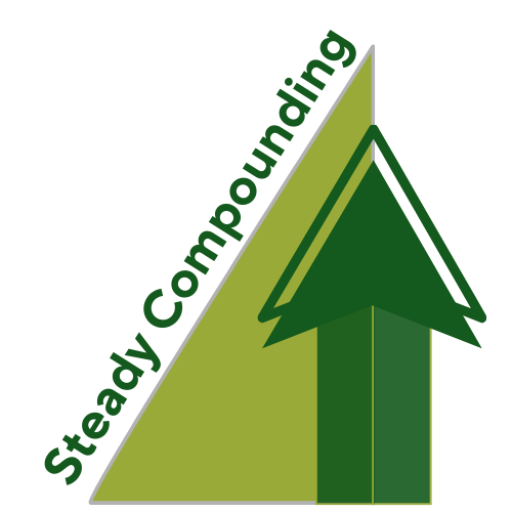A high-quality compounder is a business that is highly profitable, has a strong competitive advantage (i.e. moat) and the ability grow (i.e. huge total addressable market). Companies such as Ferrari, Mastercard, Facebook, Berkshire, Amazon, Monster and Starbucks are great examples.
A key characteristic of a high-quality compounder is a high Return on Invested Capital (ROIC). The problem is that ROIC is a function of operating income and invested capital. For example, many high-growth companies spend heavily on marketing and R&D. Filtering by ROIC may cause you to miss many high-quality compounders.
A great solution to overcome this is to use the gross profitability as a first-level filter (instead of ROIC). Professor Novy-Marx defines gross profitability as revenues minus cost of goods sold, measured against the book value of total assets. In other words, it measures the amount of gross profit a company generates for every dollar of assets.

Why Is Gross Profitability a Great Filter?
Gross profitability is highly persistent in both the short and long term. This allows investors to make a reasonable estimate of future profitability based on historical records. Research shows that businesses with higher gross profitability generally deliver better total shareholder returns.
Gross profits is the cleanest accounting measure of true economic profitability. The farther down the income statement one goes, the more ‘polluted’ profitability measures become. Gross profitability doesn’t ‘penalize’ companies for investing heavily in growth.
Many of the investments (largely marketing and R&D) that companies make for their long-term future growth can cause short-term hits to reported operating income.
A Good Gross Profitability Benchmark
So what is a good benchmark for gross profitability?
In Novy-Marx paper, gross profitability of 33% or higher is considered attractive. A look at Amazon’s gross profitability shows that it surpassed this level easily.

It is also worth noting that in Novy-Marx back-testing, a dollar invested in the market between 1973 to 2011 grew to over $80. Consider that the same dollar invested in businesses with high gross profitability (i.e. above 33%) grew to $572 in the same period.
Similar results were shown in a more recent study conducted in 2018 here. By investing in companies with high gross profitability of over 20%, you could produce returns in excess when compared to the overall market.
Conclusion
The gross profitability ratio is a great way to do a first-level filter. With growing revenue and gross profitability of over 20%, it is a great indication that the company could be a high-quality compounder which warrants further investigation.
In our future article, we will discuss in detail the issues with ROIC and how we may adjust the reported earnings figure to use this metric.
If you wish to follow along, do subscribe to our newsletter or like our Facebook page for updates!

